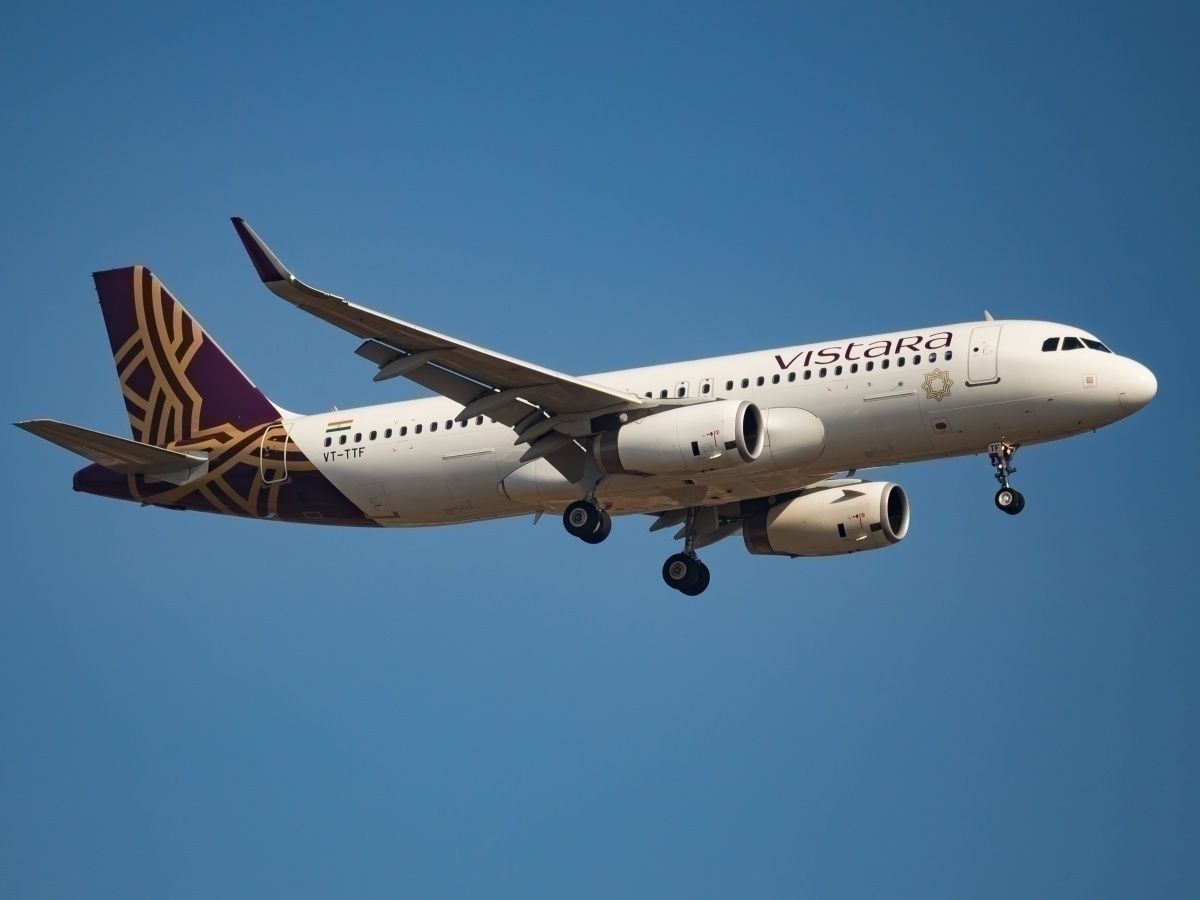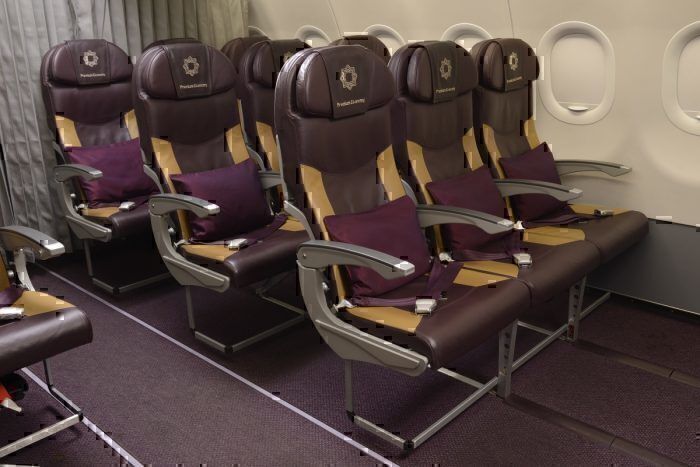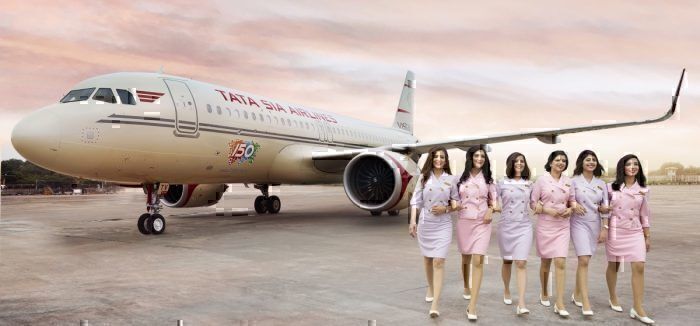While Vistara may only hold a tiny sliver of the rapidly-growing Indian domestic market, it is gaining ground in another important metric: customer satisfaction. But how has Vistara won people’s hearts, and is that enough to survive?Â
So, what’s so special?
Founded in 2013 by the Tata Group and Singapore Airline, two companies known for their hospitality and excellence, Vistara first took to the skies in 2015, aiming to offer passengers a full-service luxury experience. Vistara immediately established itself as a full-service carrier, with a rewarding frequent flyer program, flights from newer international terminals within India and even a flagship lounge at the New Delhi airport.
Onboard, Vistara offers a unique three-class configuration featuring economy, business, and premium economy cabins. The latter cabin is new to the Indian market and features more legroom, more recline, along with priority check-in and handling services.
As no airline presently operates this cabin, it gives Vistara a niche, untapped market (it’s a great product too, check out the review here). Both economy and Business are some of the most comfortable in the market, with economy featuring folding headrests and a soft leather material for added comfort.
With comfortable seats, complimentary onboard meals (catered by TajSATS, the caterer for Singapore Airlines and Qatar Airways) and friendly staff, Vistara seems to have checked all the boxes for a long-haul, international-grade airline, let alone a domestic one! It’s no wonder why the airline is so highly acclaimed.
In a competitive Indian market, Vistara has managed to create a well-balanced product that can cater to all classes of travelers and has provided them with a reason to be loyal to the brand. However, their exceptional product is boosted by the benefits of being partnered with Singapore Airlines, giving them access to codeshares, earning and redeeming KrisFlyer miles and much more.
With over 20 interline agreements in place, Vistara seems more prepared than any other Indian carrier, to grow into a high quality, international airline like its parent, Singapore Airlines.Â
What’s helping them succeed?
The Indian domestic market is known to be very price-sensitive, with travelers putting cost over anything else and showing little brand loyalty. This has allowed low-cost carriers like IndiGo, SpiceJet, and GoAir to capture the lion’s share of the market and has driven traditional full-service carriers like Jet Airways and Air India to financial ruin.
Even in this situation, Vistara has steadily gained market share. It has now flown over 15 million passengers, showing that there may still exist a market for full-service carriers in India, if done right.
Following the collapse of Jet Airways in 2019, Vistara became the only private full-service carrier in India, giving them a chance to capture the high-revenue business travelers and to consider expanding into long-haul international routes. Vistara also leased nine of Jet Airways’ 737-800s and began its international operations flying these aircraft to Singapore. Now, the airline flies to Dubai and Bangkok with its A320neo and has flown more than 20 million customers since starting operations in 2015.
Being able to manage the price expectations of customers, while capitalizing on the gap in the market left by Jet Airways, has been key to Vistara’s rise to success.Â
What does the future hold?
Vistara has ordered, and will receive soon, six 787-9 Dreamliners from Boeing with an option for four more. Vistara CEO Leslie Thng, speaking to Outlook, has said Vistara plans to use the new 787s to service medium- to long-haul routes to Europe and possibly North Asia from hub cities of Delhi and Mumbai. He also added that Vistara's goal is to become the go-to airline for Indians to fly direct non-stop anywhere in the world, including the US and Australia, pointing to Vistara's many codeshare partners.Â
Vistara seems to have captured the hearts of many, with rave reviews for the airline online complementing its excellent product and service. However there are still some concerns for the airline, with a market share of 6% and only a small boost after Jet Airways’ collapse, questions have been raised about Vistara’s business model and path to profitability.
To address the Indian market's price sensitivity, the airline has also started offering “Lite†and "Freedom Fares", discount fares without amenities like complimentary meals and reduced baggage allowance, showing that diversification may be required. Vistara is also planning to reconfigure some of it's ordered A320s to be all economy and service smaller cities.Â
But for now, Vistara seems to have the best product in the Indian skies and it seems like passengers who are willing to pay a premium for the same do exist. We are very excited to see what Vistara has planned and if they can sustain this popularity into the future.



